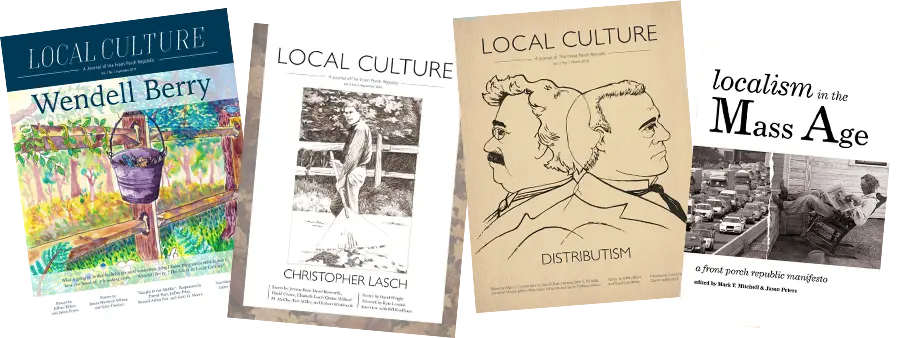I teach the Bible to undergraduate students. One of the things I’m constantly amazed by is their sheer ignorance. That sounds harsh, but it’s true. I’m not referring to their ignorance, which is common to youthfulness. Who could blame them for that? No, I typically place this ignorance on family and church. I’m honestly not sure what many churches teach anymore. I guess that they mostly entertain, keep the youth captivated by pizza and games, and hope for the best. But in an increasingly secular world of competing beliefs, many have assumed that the Christian story will get picked up by osmosis, by being in the right place long enough. Well, the tests came back, and it turns out that method fails spectacularly.
To be clear, these students I am referring to are raised in churches. They think they know what the Bible teaches because they’ve sat in church most every Sunday of their lives. These are not nominal Christian families. Many of them are faithful church members. Yet, I am often embarrassed by the low literacy of biblical stories, themes, and ethics. Our churches, by and large, have a thin catechesis—a lack of intentional instruction, formation, and training for the baptized.
Enter Letters to a Future Saint by Brad East of Abilene Christian University. In the form of short letters written to an emerging Christian, East sets out with three goals: to teach what Christianity is, what Christians believe, and how a Christian lives. The story, the doctrine, the ethic. In style, he takes up Stanley Hauerwas’s The Character of Virtue, albeit in a different tone. Where Hauerwas writes particular letters, East broadens the scope to a general audience as a “Fellow Pilgrim.” Divided into 12 parts encompassing 93 letters, these notes attempt to build a full foundation for the Christian life. Rather than listing doctrines to be explained and believed, East re-stories Future Saints in the gospel. It’s a foundation for a conversation that will last for a lifetime, so no need to be exhaustive. He covers a shocking amount of territory with short, quippy letters. For example, he names the cardinal and theological virtues in a paragraph without much explanation. I doubt East is assuming this Future Saint will know what these are but is inviting the reader to explore what they are from a sure base. As such, these introductory letters could be expanded through conversation, more letters, and more teaching. It takes a lifetime to live into the fullness of Christ, after all.
My favorite aspect of the book is how he begins: with death. That may sound odd to a culture like ours that avoids death like… the plague? … but East makes it central because it’s central to the Christian story. We gather around a crucified God. Our initiatory rite is to be buried in baptism. Why would we ignore it? So, East starts talking about the cost of following Jesus, the centrality of the church, and prayer. These three themes he’ll develop throughout the book, but I can’t think of a better way to start the conversation with a Future Saint.
He goes on in the second part to situate the Christian within the Jewish story before writing letters that could mirror a systematic theology: God creates the heavens and the earth (creation), God creates human beings (anthropology), Sin corrupts the Life of Creation (harmitology), God Makes His People Holy (sanctification), and God Makes All Things New (eschatology). But because East writes through letters, it is also a sort of biblical theology, a story that he develops. He also includes certain Nicene Creed lines throughout, so it’s a type of creedal theology. In other words, it’s robust and defies categorization in the best sense.
One result of this approach is that the flow of the letters can offer a bit of whiplash throughout each division. Sometimes, I wondered why this letter was before another or why a particular letter came in a certain part. But this is the challenge both of writing a book and discipling a person: what to include, when, where, and what to leave out to visit later. I could discern some of these editorial decisions. For example, East includes a beautiful letter on agency in Part 5 (Sin Corrupts the Life of Creation). It seemed like an abrupt shift in the flow of letters, but he’s also answering the question: who’s fault is sin? Why isn’t God blamed for it? I could argue that agency better fits the previous part: God Creates human beings. I think this is one of the challenges of generic letters to a general audience. There is less particularity in the response to a specific person at a particular stage. So, though these letters may differ in flow from how I might organize it, I didn’t write the book. This is a minor quibble of order wherein the main topics and letters covered were both true, holistic, and compelling.
For readers of Front Porch Republic, there were nods to creation stewardship, a commitment to place and people, and an agrarian ethic, yet we Wendell Berry fans could always do with a bit more of membership within a community. (And Berry could do a bit more with the church that East requires.)
Back to my students. I teach Survey of the Old Testament and Survey of the New Testament each year. I try to story my students in the gospel rather than give them Bible trivia to memorize. Dr. East gives me an accessible guide for introducing gospel concepts to Future Saints. He includes theological and historical categories that develop into a holistic foundation to explore Christian belief and practice. I think that “and” is important. Christianity is not merely a doctrine to believe but a life to live and embody. East understands this and invites Future Saints into a different imagination and way of life. I’ll use it in my classroom, and I hope it will be used in churches, families, and discipleship relationships. Garnering endorsements from some of my favorite modern writers like Stanley Hauerwas, Russell Moore, Tish Harrison Warren, and Alan Jacobs, how could I disagree with their praise? Buy two books and read it with a Future Saint.
Image via Flickr




